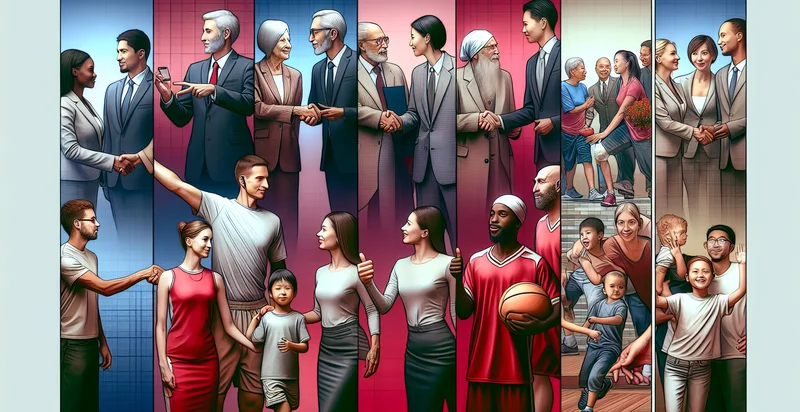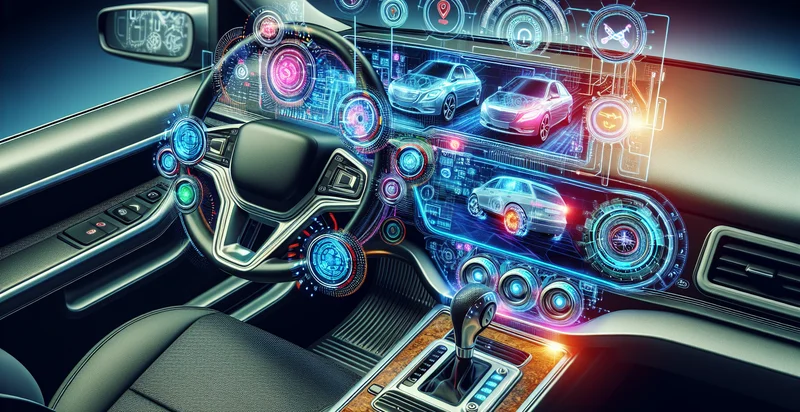Identify physical interaction level
using AI
Below is a free classifier to identify physical interaction level. Just upload your image, and our AI will predict the level of physical interaction occurring in the image. - in just seconds.

Contact us for API access
Or, use Nyckel to build highly-accurate custom classifiers in just minutes. No PhD required.
Get started
import nyckel
credentials = nyckel.Credentials("YOUR_CLIENT_ID", "YOUR_CLIENT_SECRET")
nyckel.invoke("physical-interaction-level", "your_image_url", credentials)
fetch('https://www.nyckel.com/v1/functions/physical-interaction-level/invoke', {
method: 'POST',
headers: {
'Authorization': 'Bearer ' + 'YOUR_BEARER_TOKEN',
'Content-Type': 'application/json',
},
body: JSON.stringify(
{"data": "your_image_url"}
)
})
.then(response => response.json())
.then(data => console.log(data));
curl -X POST \
-H "Content-Type: application/json" \
-H "Authorization: Bearer YOUR_BEARER_TOKEN" \
-d '{"data": "your_image_url"}' \
https://www.nyckel.com/v1/functions/physical-interaction-level/invoke
How this classifier works
To start, upload your image. Our AI tool will then predict the level of physical interaction occurring in the image..
This pretrained image model uses a Nyckel-created dataset and has 16 labels, including Affectionate, Aggressive, Casual, Close, Cooperative, Distant, Formal, Friendly, Hostile and Intimate.
We'll also show a confidence score (the higher the number, the more confident the AI model is around the level of physical interaction occurring in the image.).
Whether you're just curious or building physical interaction level detection into your application, we hope our classifier proves helpful.
Related Classifiers
Need to identify physical interaction level at scale?
Get API or Zapier access to this classifier for free. It's perfect for:
- Retail Customer Engagement: This function can identify the physical interaction level of customers with products in retail environments. By analyzing the intensity and duration of interactions, retailers can tailor promotions and optimize store layouts to enhance customer engagement.
- Autonomous Vehicle Safety: In autonomous vehicles, this function can assess the physical interactions of pedestrians near the vehicle. By gauging the potential threat level based on proximity and movement, it can improve decision-making algorithms to prevent accidents.
- Healthcare Patient Monitoring: In hospitals, this function can monitor patient interactions with medical equipment and healthcare providers. It can alert staff when patients display abnormal interaction levels, indicating potential distress or a need for immediate assistance.
- Smart Home Devices: This feature can be implemented in smart home systems to recognize when residents interact with appliances or other devices. By understanding interaction levels, the system can optimize energy usage or provide reminders to improve user experience.
- Gym Equipment Usage Analytics: Fitness centers can use this function to analyze how members interact with gym equipment. Understanding usage patterns can help in designing targeted fitness programs and improving maintenance schedules for equipment.
- Virtual Reality Experience Enhancement: In virtual reality applications, this function can monitor user interaction levels with the virtual environment. By adjusting the experience based on interaction intensity, developers can create more immersive and engaging simulations.
- Surveillance and Security Monitoring: This function can enhance security systems by assessing the interaction level of individuals with restricted areas or objects. By identifying unusual interaction patterns, the system can trigger alerts to security personnel for immediate investigation.


